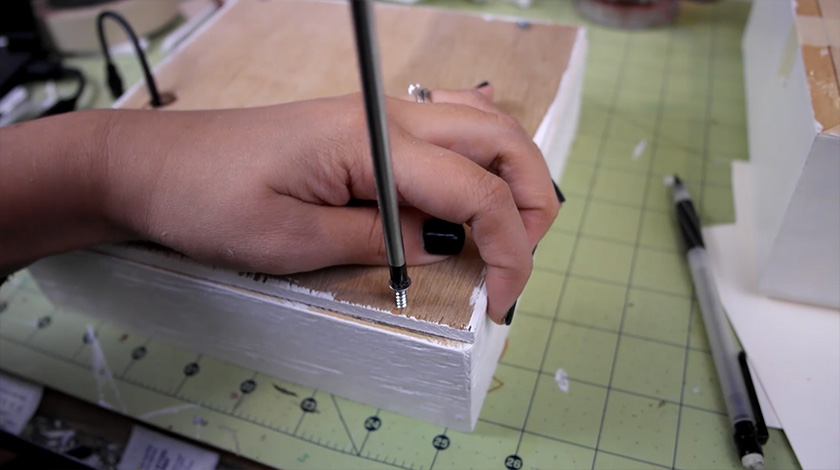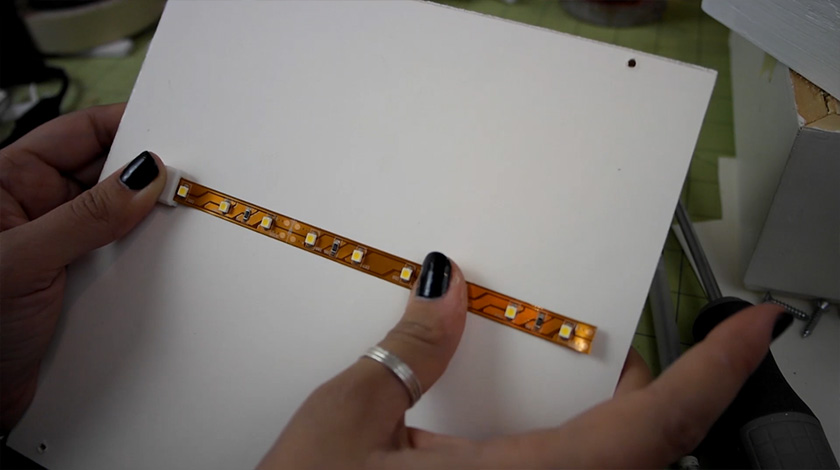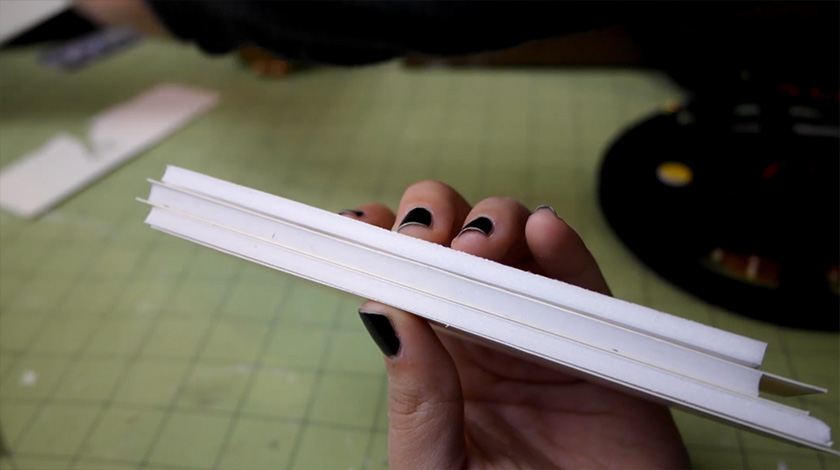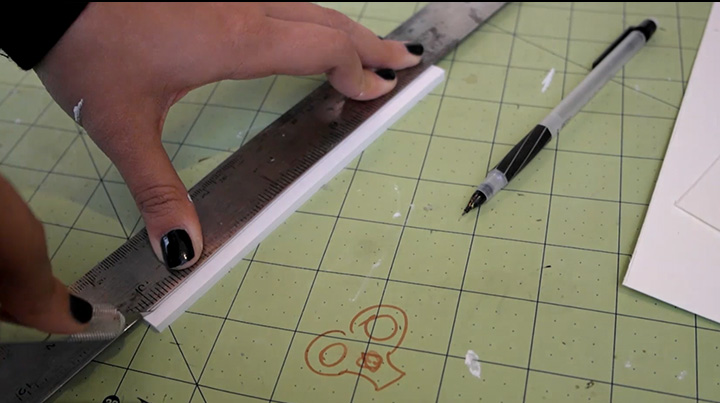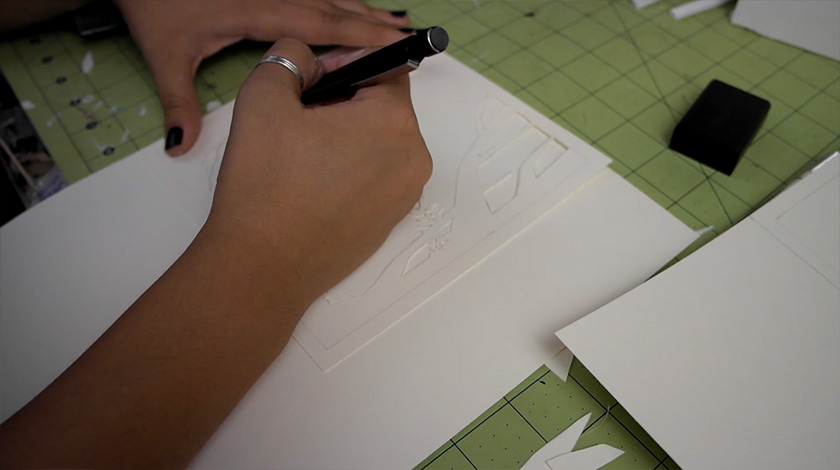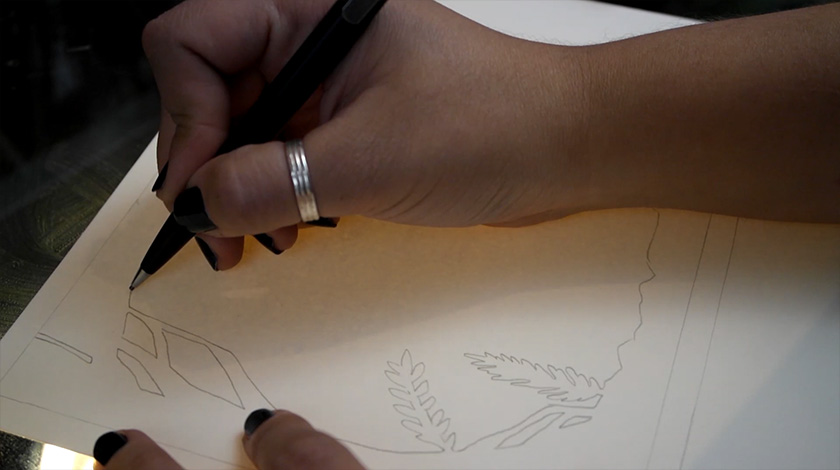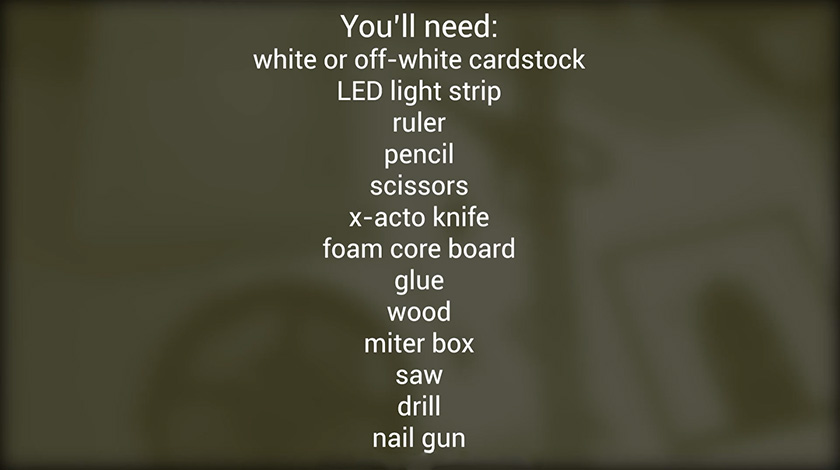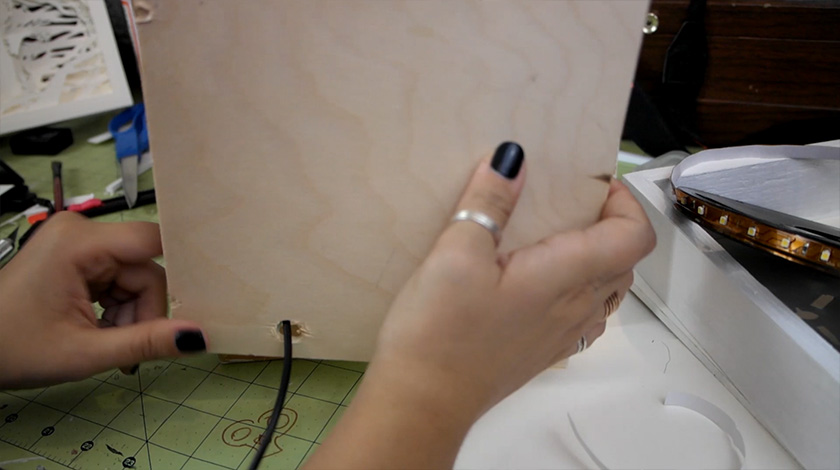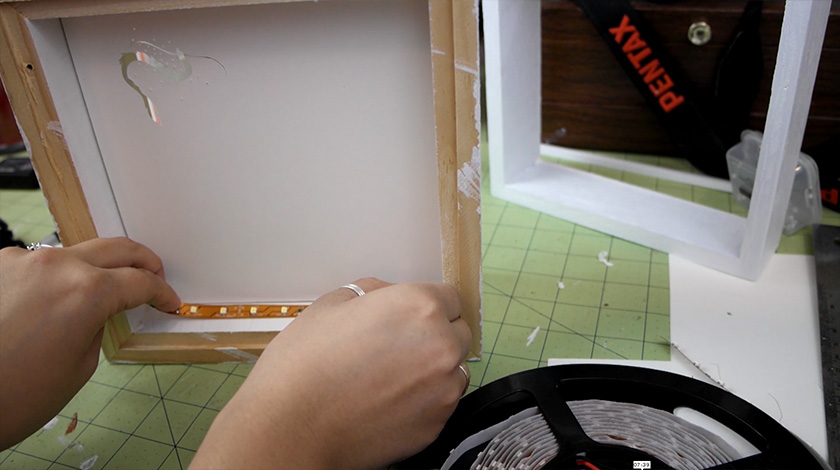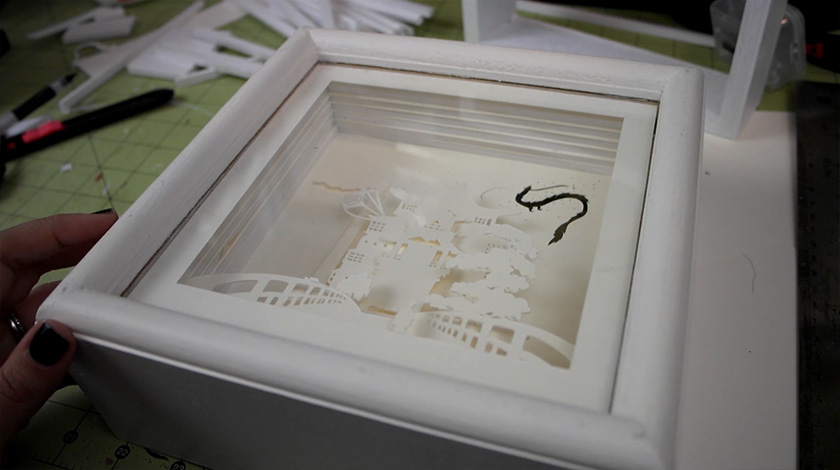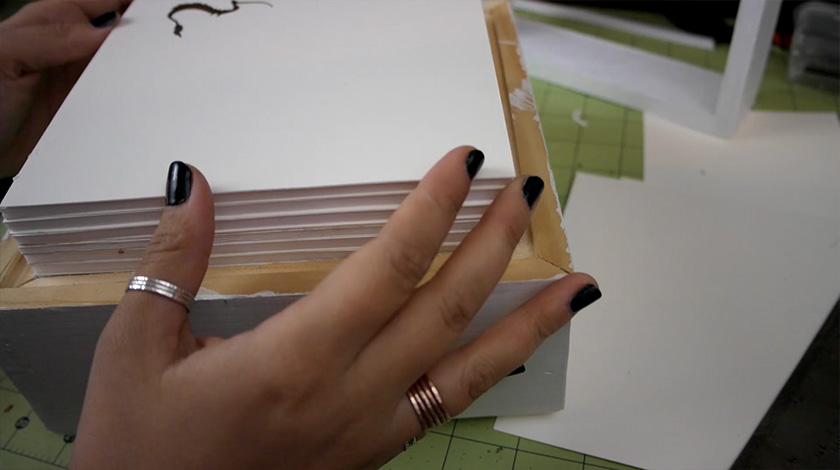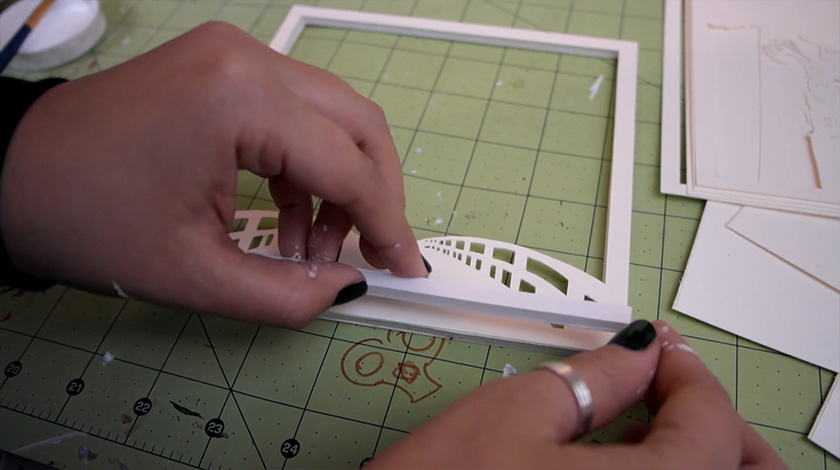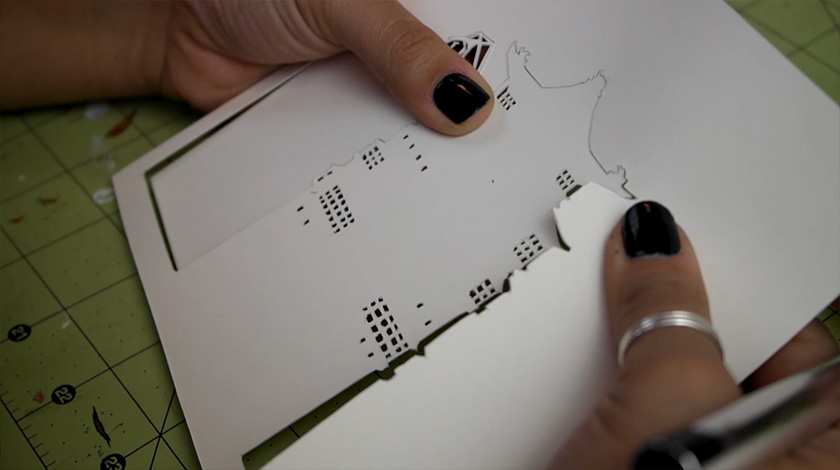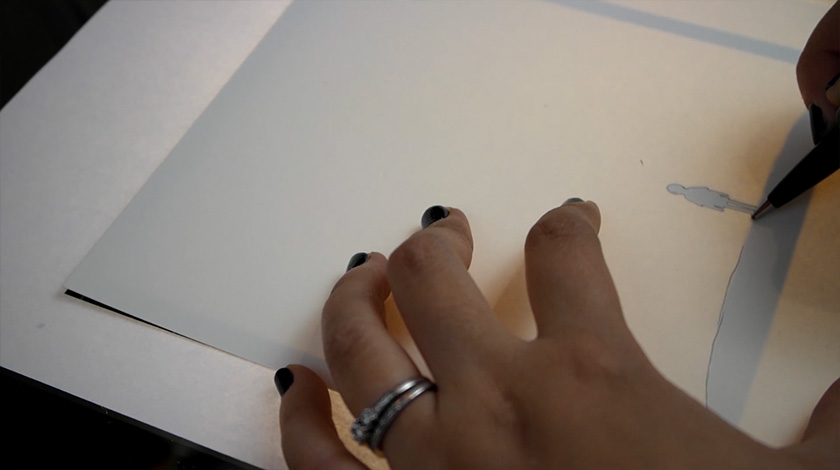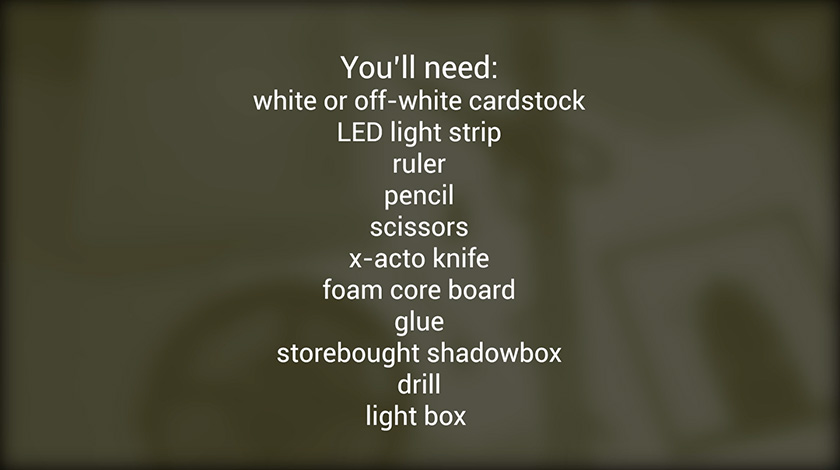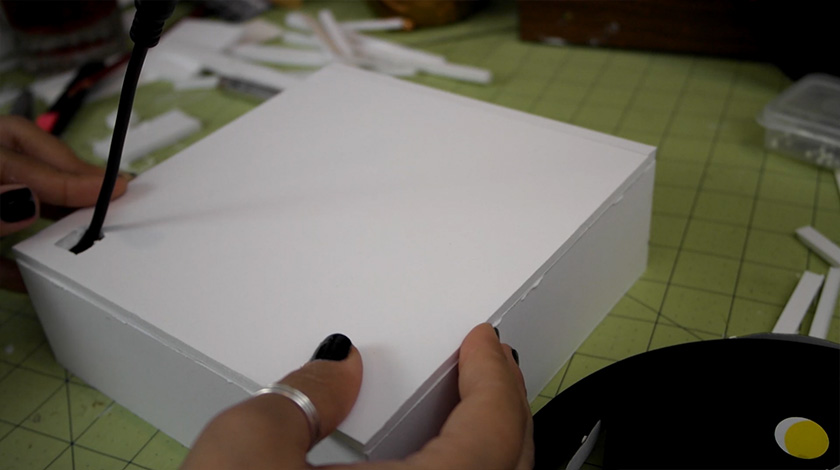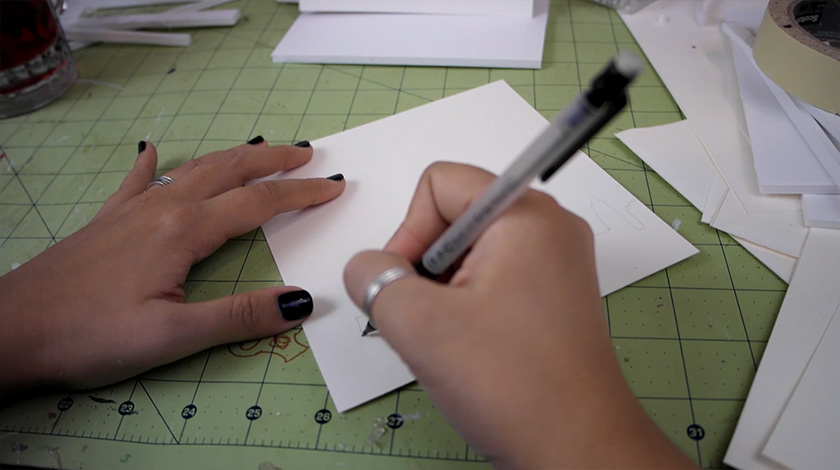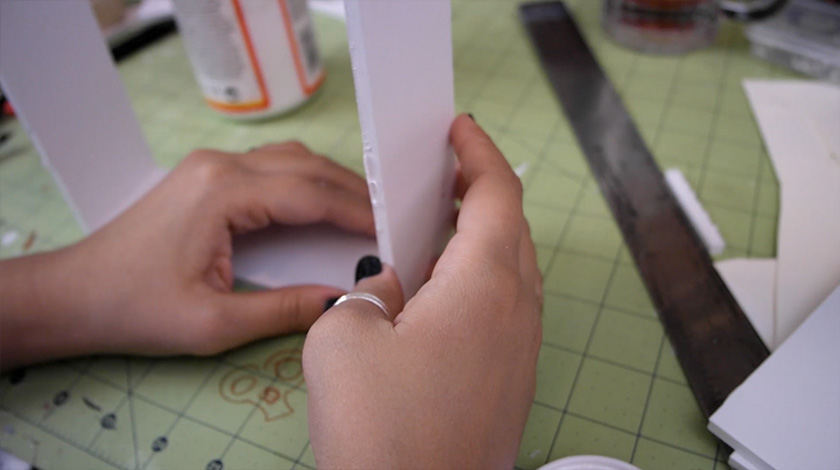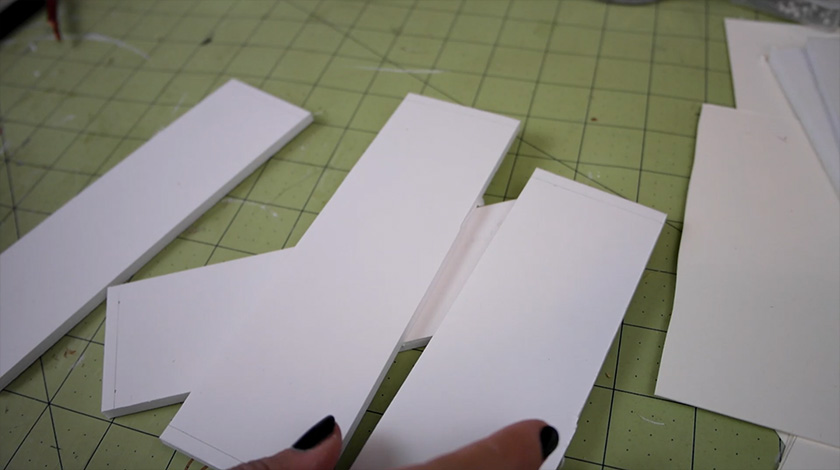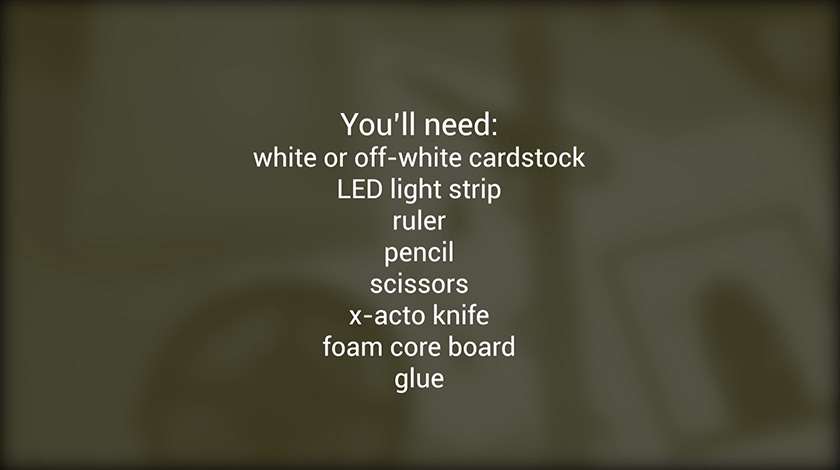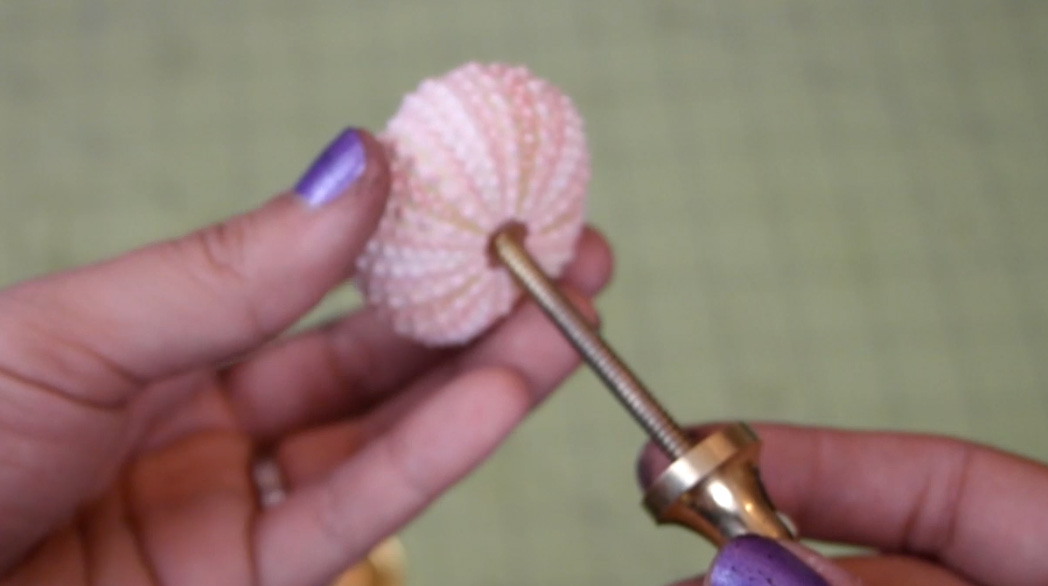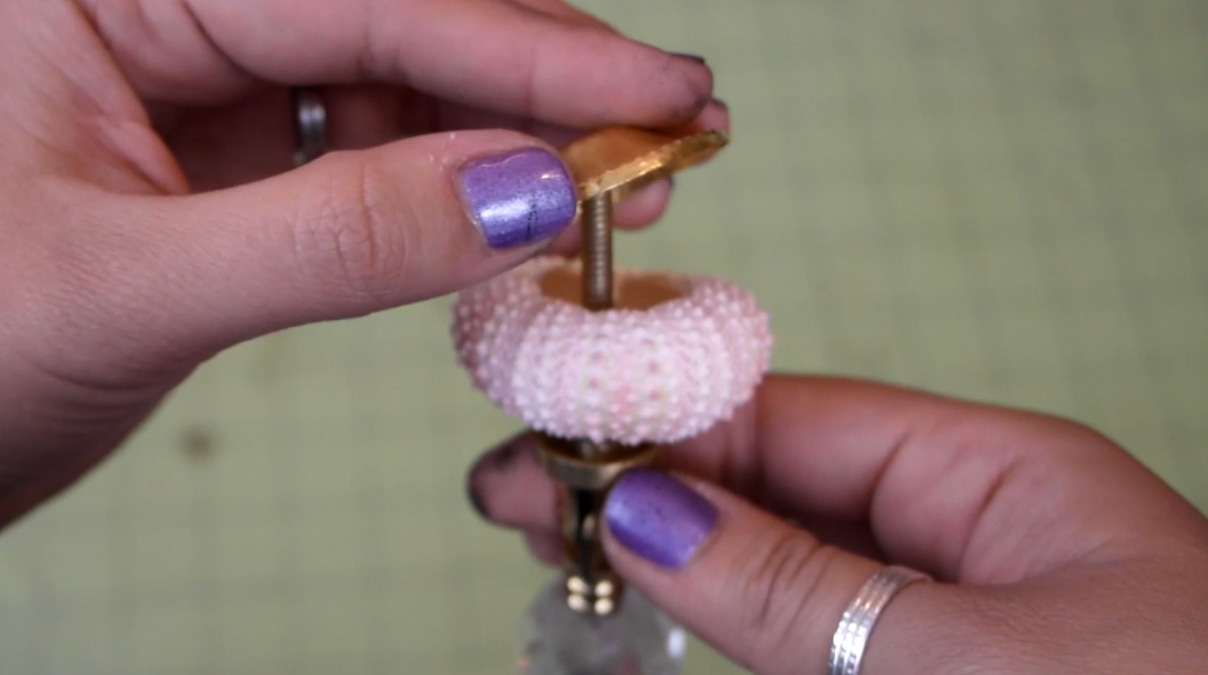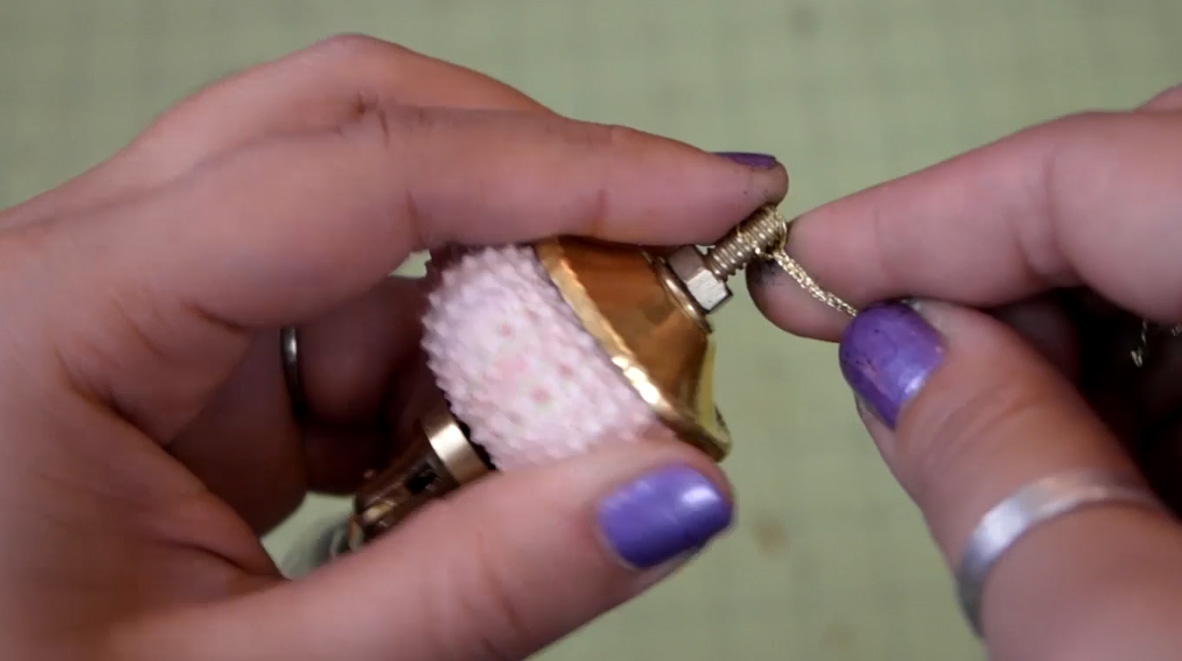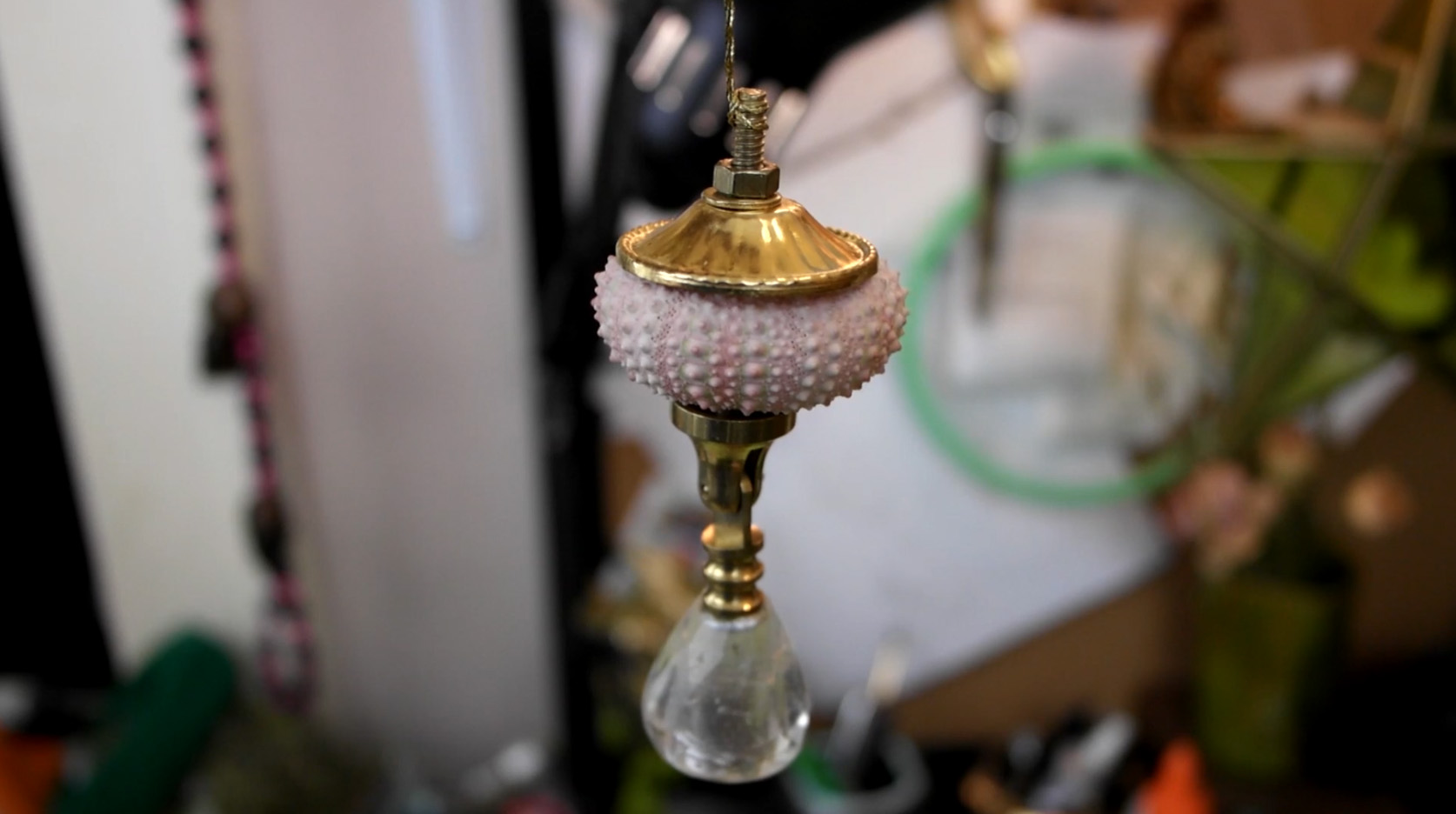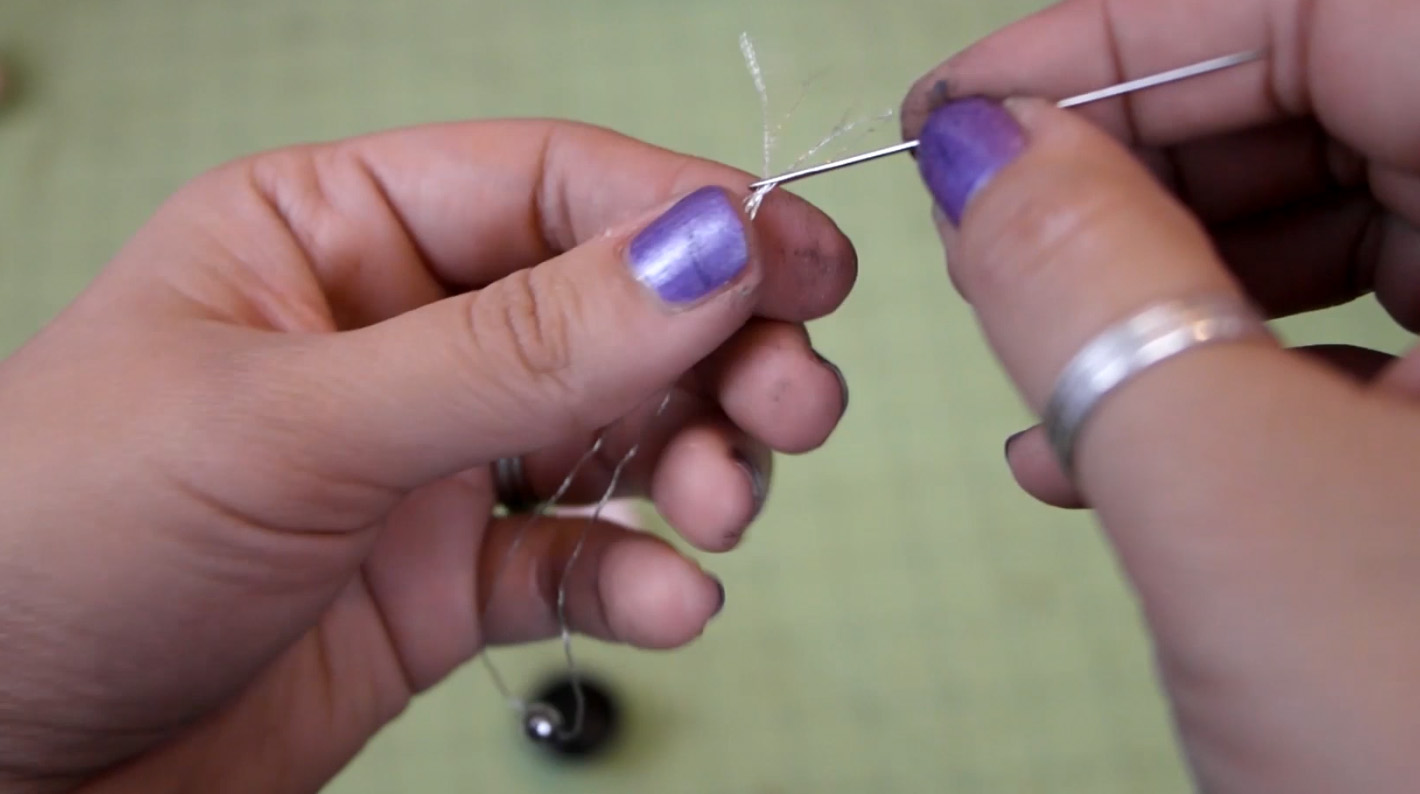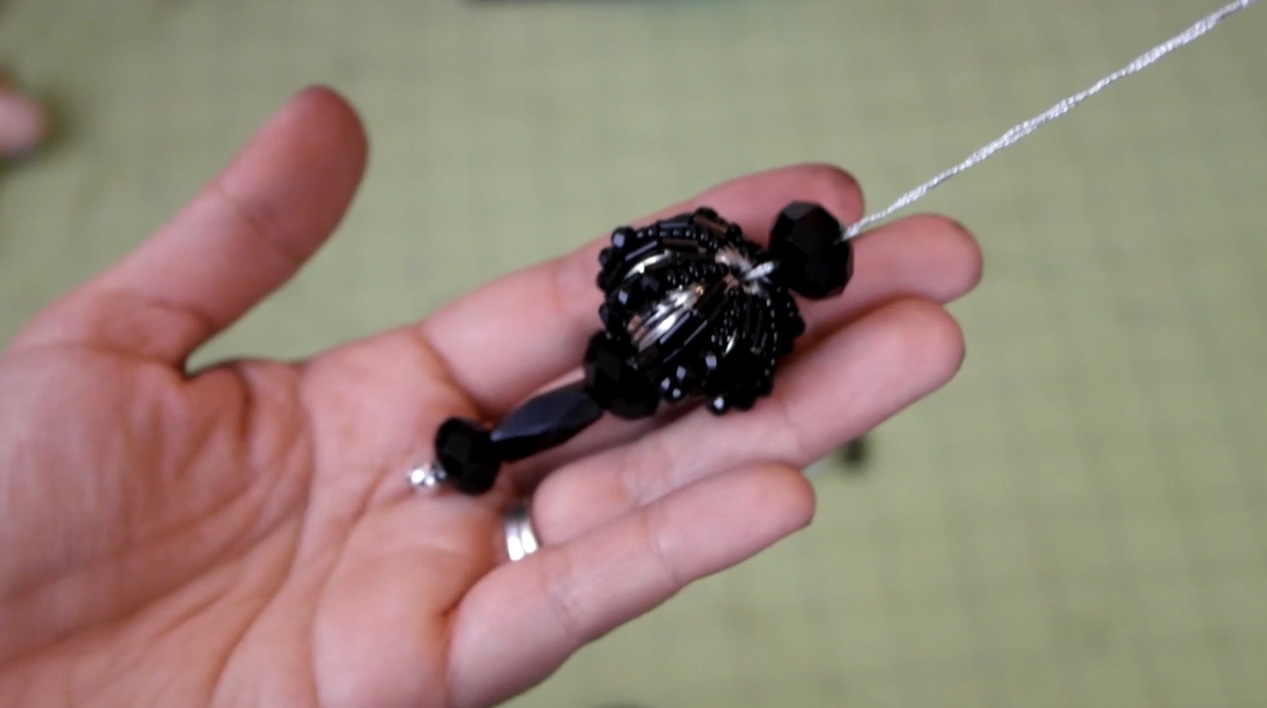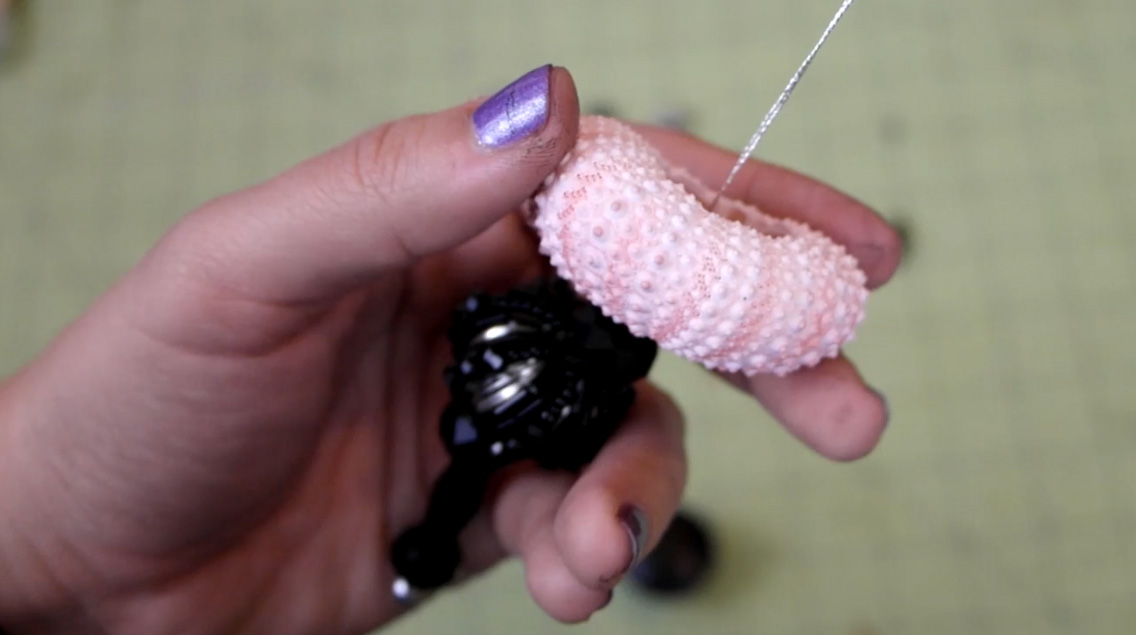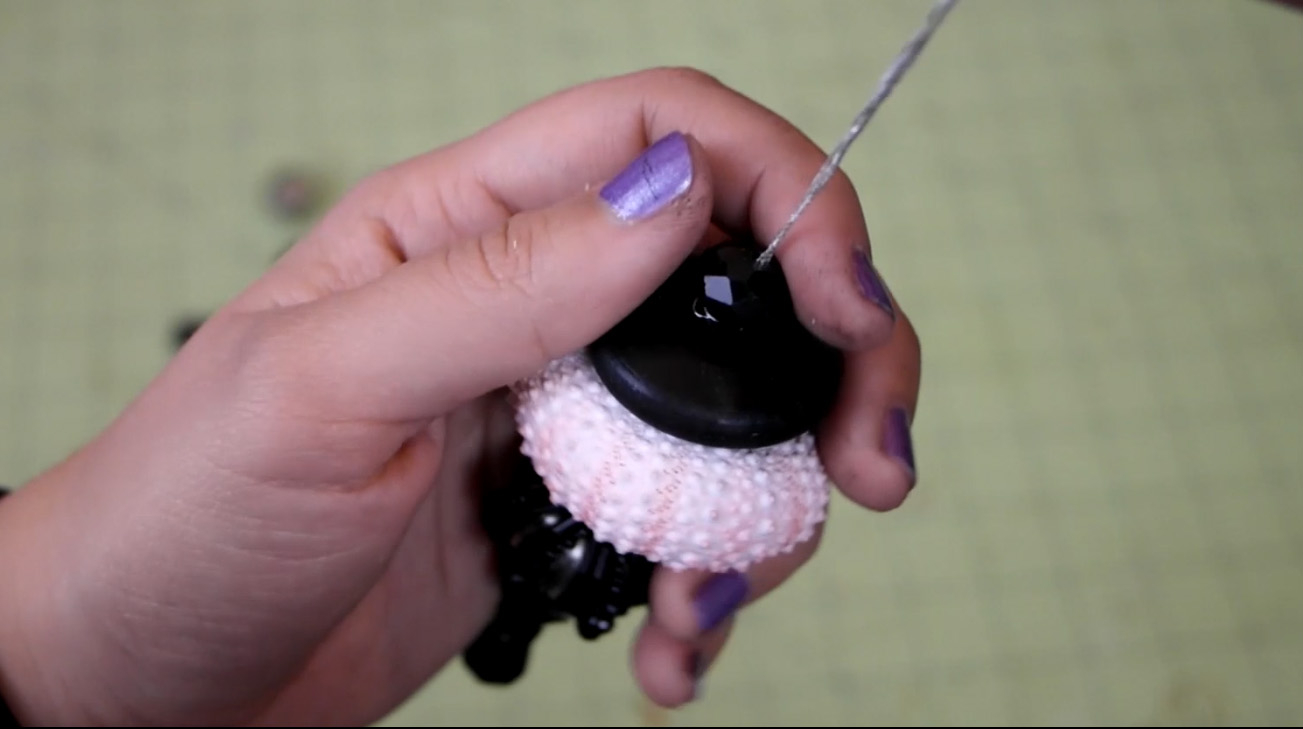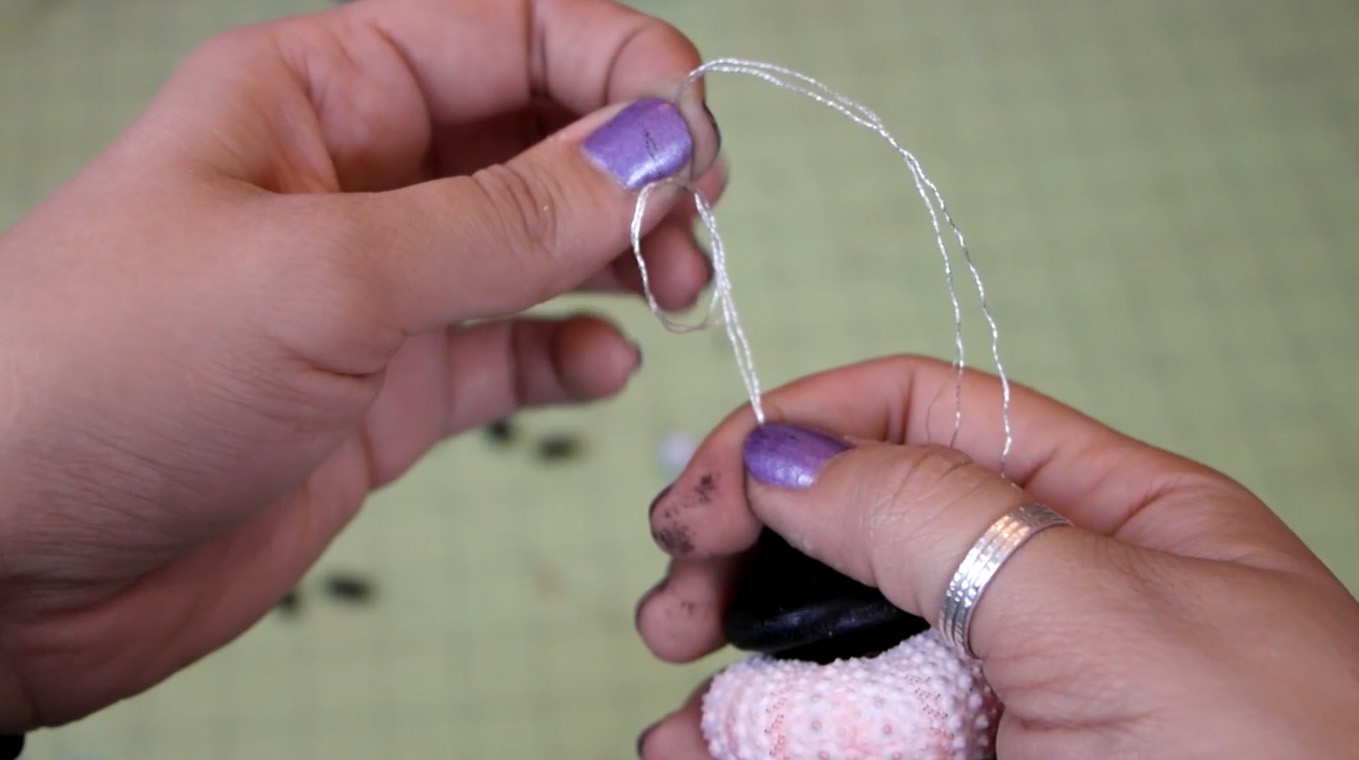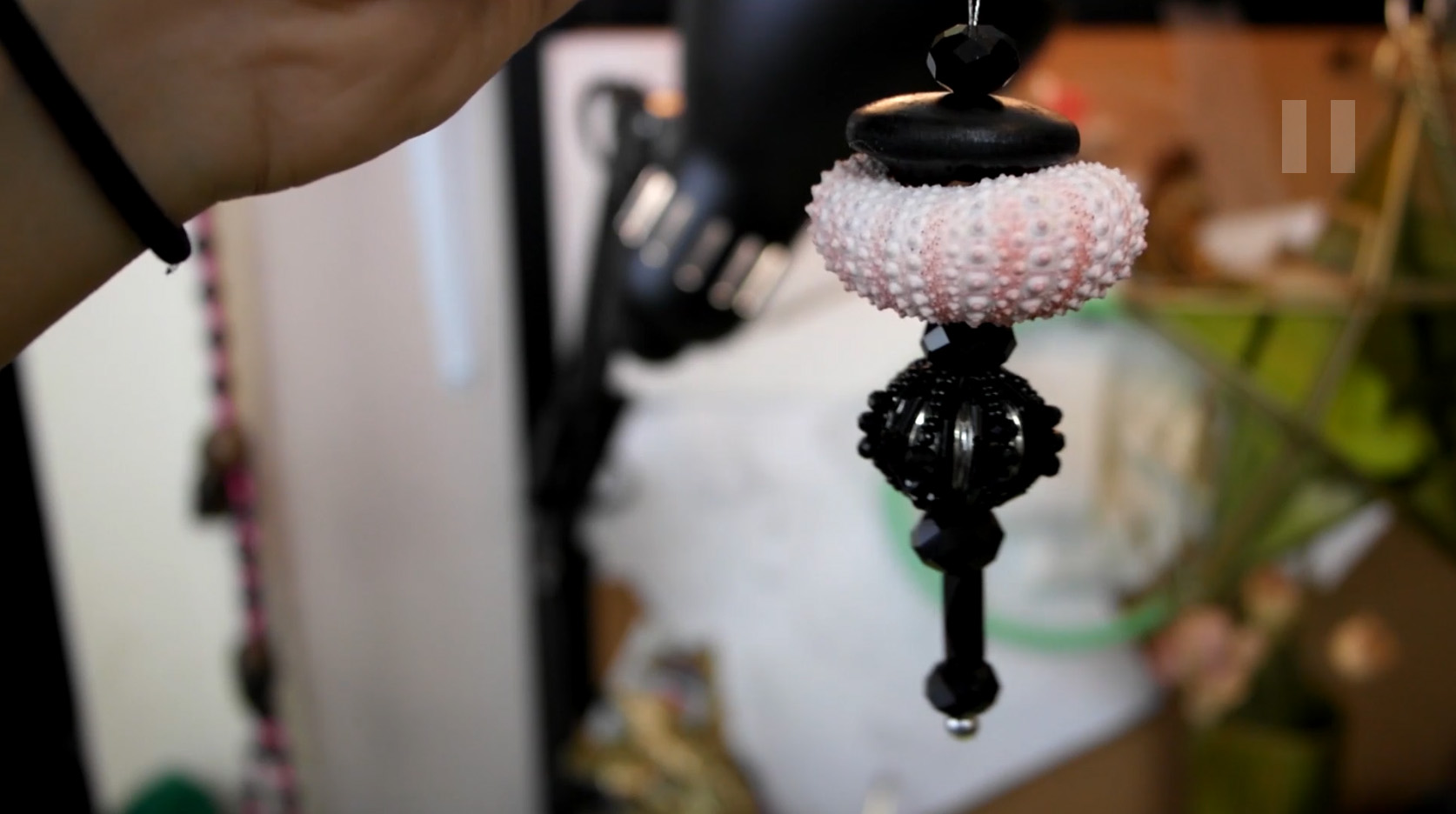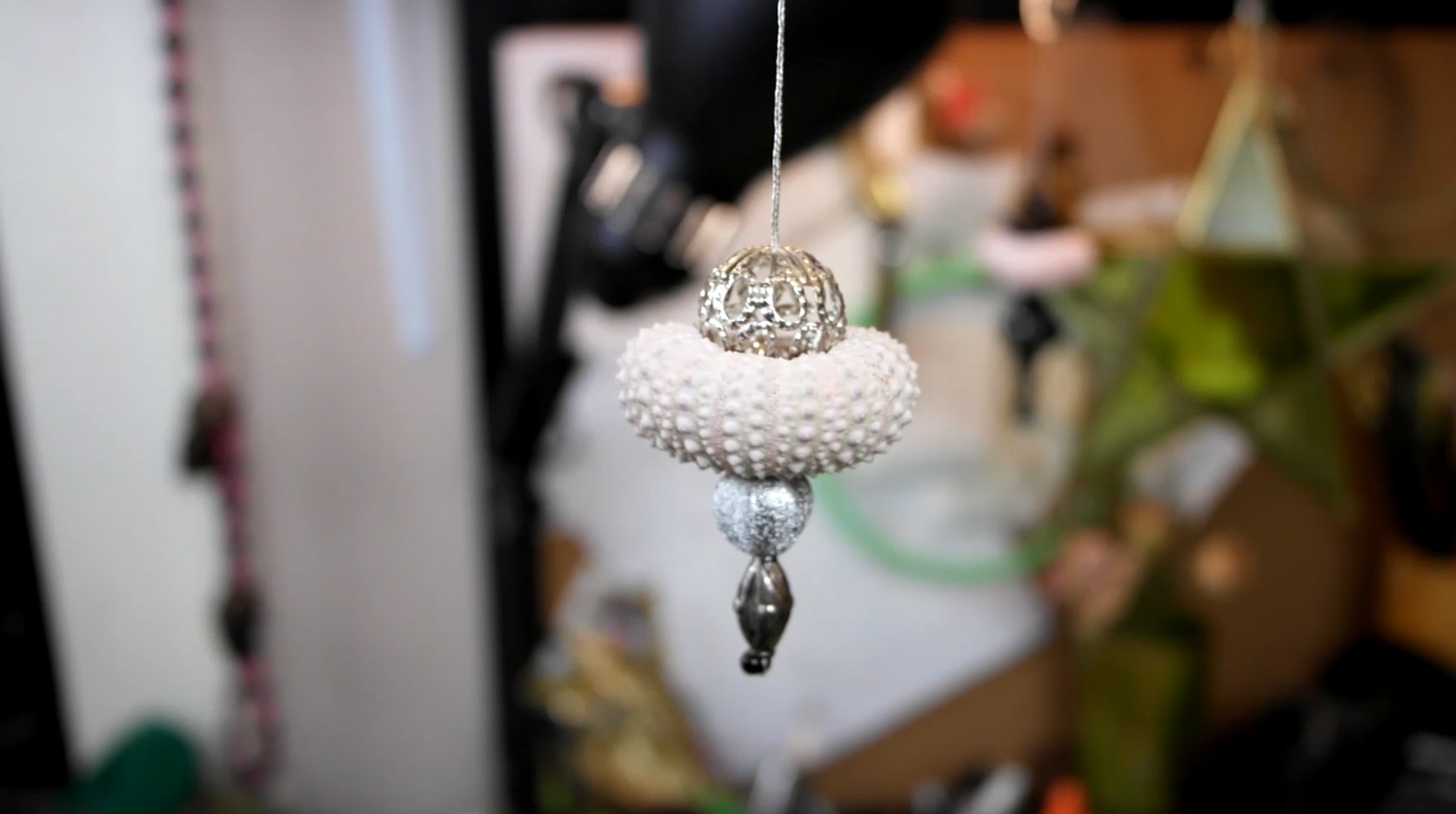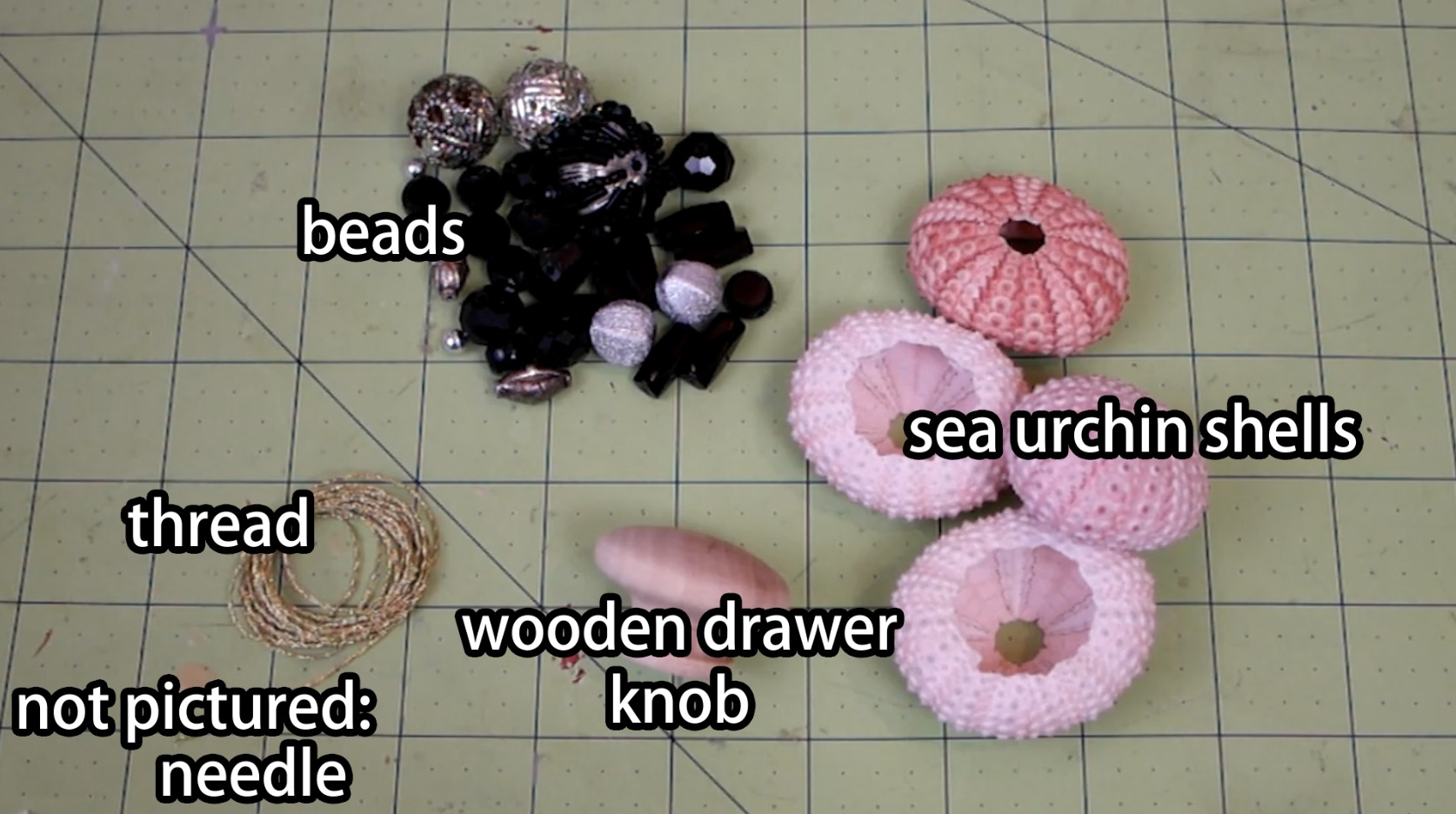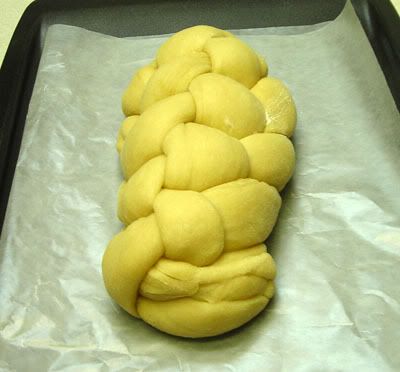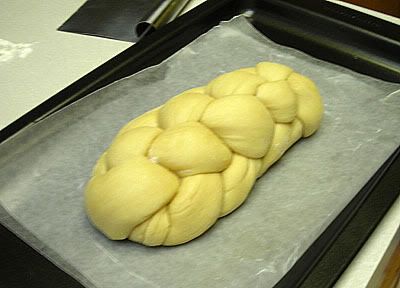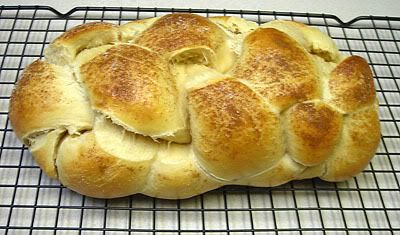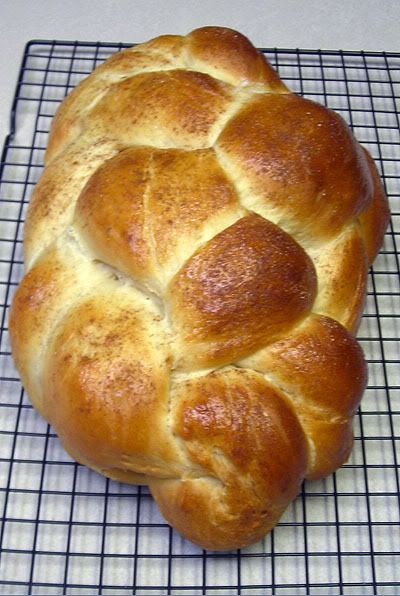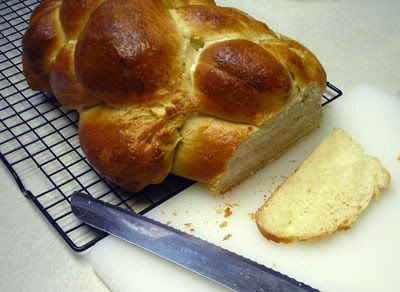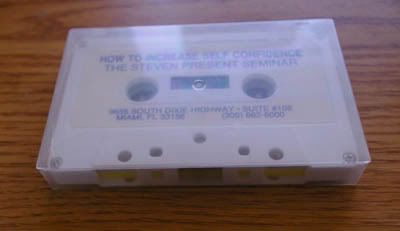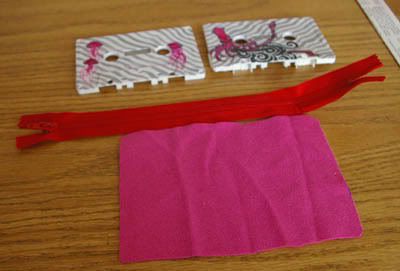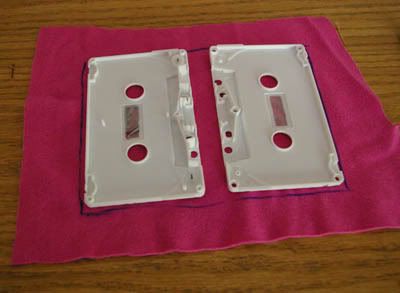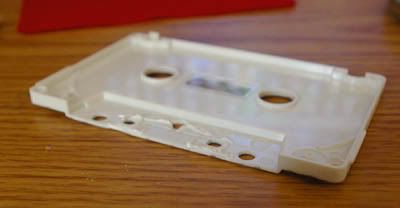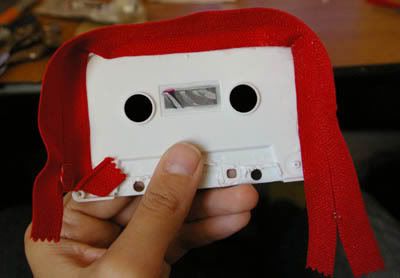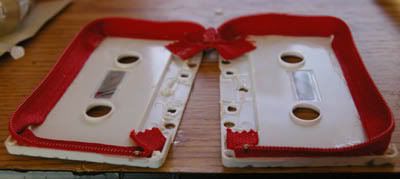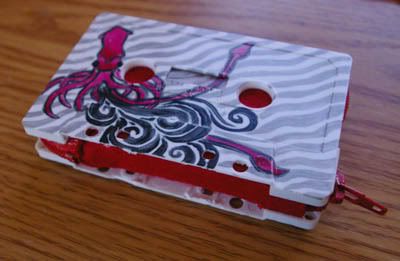Sorry I haven't posted in a long time! It's been a busy few days. It's also been a while since I've said I was going to do the makeup bag tutorial, so I put it together today! For all of you who don't remember, or who haven't seen, my first post was about a travel set that included a makeup bag. I kinda had to wing it on the bag because I knew the style I wanted it to be, but I couldn't remember where I had seen a tutorial for it a long time ago. I promised I'd make a tutorial for the makeup bag according to how I made it, so here it is! :)

All the pieces.

You'll need to cut two pieces of fabric this way. An outside fabric and an inside fabric. This is my outside fabric on the wrong side.

For the lining:
Fold it up where both 10 inch sides are touching, and sew up the little tabs along the white line.

Fold the hole so it sits flat like so. See what my fingers are holding? That's the part I had just sewed up.

Should look something like this.

Sew along this line.

Take one of the top flaps, line it up and sew in 1 1/4 inches in. Repeat on the other side.
Repeat these steps on the other side, and then repeat everything again for the outside of the bag. The only difference is that for the first step you take your thin strip of fabric* for the strap part, fold it in half, and sew it into the tab, where the ends of the strap stick out. ( Sorry, it's hard to describe this stuff sometimes :( ) I had to draw this step because I forgot to take a picture of this.
*For the strap, take a piece of fabric measuring 6 inches by 2 inches. Fold it in half, the hot dog way so the wrong side is facing out, and sew along the open side. Flip it inside out.

Here's the diagram of how you put the strap part in. This is the only difference for the outside of the bag.. everything else is just like how you sewed the liner together.

You should have the outside and the inside all sewed up. Here's mine sitting next to each other. You'll need to flip the outside part so the right side is out, but keep the liner with the wrong side on the outside.

Stick the liner on the inside. Now on to the zipper!
The zipper I got is 9 inches long. You can get any size zipper but you'll have to adjust the size of the length of the bag so it's 1 inch longer than the zipper size. Example: If you made a smaller bag, with a 7 inch zipper, instead of making it 10 inches long, it'd be 8 inches.
You don't have to do these two steps to the zipper, it's just habit for me.. I think it makes them look more finished.

Take a small piece of fabric and sew it along the line. Make sure to put the right side of the zipper so it's touching the right side of the fabric.

Here's how it looks when it's sewed up. (on the left) For the little tab to the left, I took a piece of fabric that was 3 inches by 4 inches, fold it hamburger style, (right sides touching) and sew up the two sides. Turn right side out. Stick the zipper into it and sew it up. Like so. It doesn't matter which way you do these two pieces. On this bag I did it so the tab was on the side where the foot sits when it's closed, but with my original bag, it's the other way around.

Sorry.. it's another crappy drawing.

Pin the zipper in place. Generally I make it so that the little tab from the zipper is on the side opposite of where the strap is. Sew up carefully.

Here it is with the zipper all sewed in. You can see where my sewing machine didn't like me at the bottom. You can see where I still have a pin at the other side of the bag.. I had to hand sew the ends to finish this one off. You might not have to.. I didn't have to for my first one, but ended up having to for this one because the zipper was slightly off.

And you should be done!
I'm giving this one to my sister. She desperately needed a makeup bag, haha. I hope I wasn't too confusing with this tutorial.. if anyone has any questions, please feel free to ask!










































































